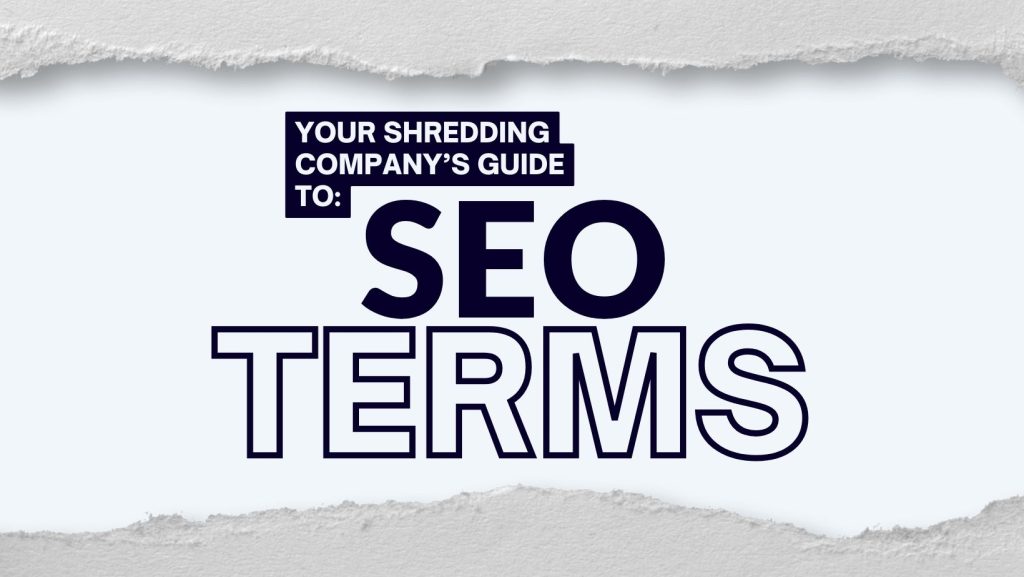When you create a new website for your business, it is vital that you complete a number of steps to help it rank better in the search engines. The organic health of your site is important for you to generate more leads that turn into customers and is a fantastic marketing tool for your brand.
Want to see how your website is doing? Go through the following SEO checklist:
Initial Setup
- Research your competition. Learn what they are doing that helps them rank.
- Set up Google Analytics so you can track who is visiting your website.
- Set up Google Webmaster Tools to track the health of your website.
- If you are using WordPress, install an SEO plugin such as Yoast. This will make optimizing your website a lot easier.
- Use Googles Keyword Research Tool. You may be missing out on some amazing opportunities.
Content Creation
- Write amazing content on your site and be sure there is only one keyword focus per page.
- Make sure each page has at least 300 words on it. Google loves amazing content and so will your customers!
- When writing, use related phases and synonyms throughout the text.
- Double check your grammar and spelling. Your customers won’t take you seriously if everything is grammatically incorrect or poorly spelled.
- Create a unique and relevant H1 tag for each page. Be sure each page only has one H1 tag.
- Create descriptive and unique page titles for each page. Be sure to include your brand name.
- Create descriptive and unique meta descriptions for each page. Be sure to include your brand name and create a call-to-action.
- Make sure each page URL has the focus keyword in them.
Other Essentials
- Include your business address throughout the site.
- Include a contact form and/or phone number so customers can easily reach you.
- Begin to include relevant links on each page that link to other pages on your site.
- Generate an xml sitemap and submit it to Google.
- Ensure your website is mobile friendly.
- When uploading images, be sure to include a keyword in the file name.
- Be sure that your image files are compressed and aren’t massive in size. A large file will take longer to load and slow your website down.
- Ensure you have added ‘alt’ text for all of your images.
Get Social
- Create a personal Google+ Author or personal page.
- Add the authorship tag and link it to your website.
- Create a Google Business page.
- Add the publisher tag and link it to your website
- Get on Facebook, Twitter, LinkedIn and other social media websites and edit each page according to your brand.
Ongoing SEO Essentials
- Blog as often as possible. The more your keywords get out there the more likely you will be found.
- Update your social media profiles with awesome, sharable content. Don’t just write about your business, write about things that may interest your customers.
- Keep updating your site with stronger content. Pay attention to what pages your customers are visiting and where they aren’t
- Get reviews by your customers on Google, Yelp and other related sites.
Spend time researching SEO trends. It changes constantly and you need to stay informed.


